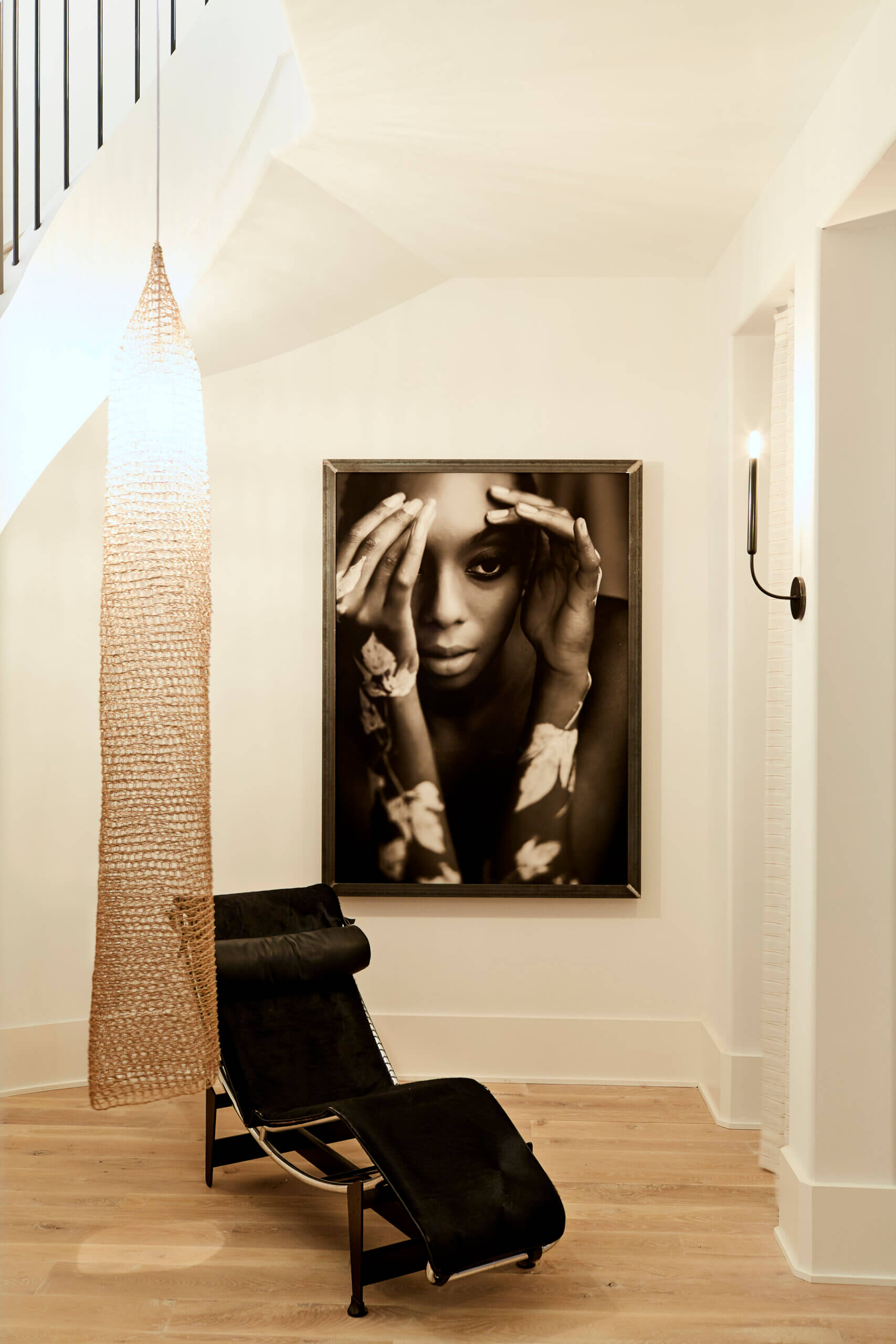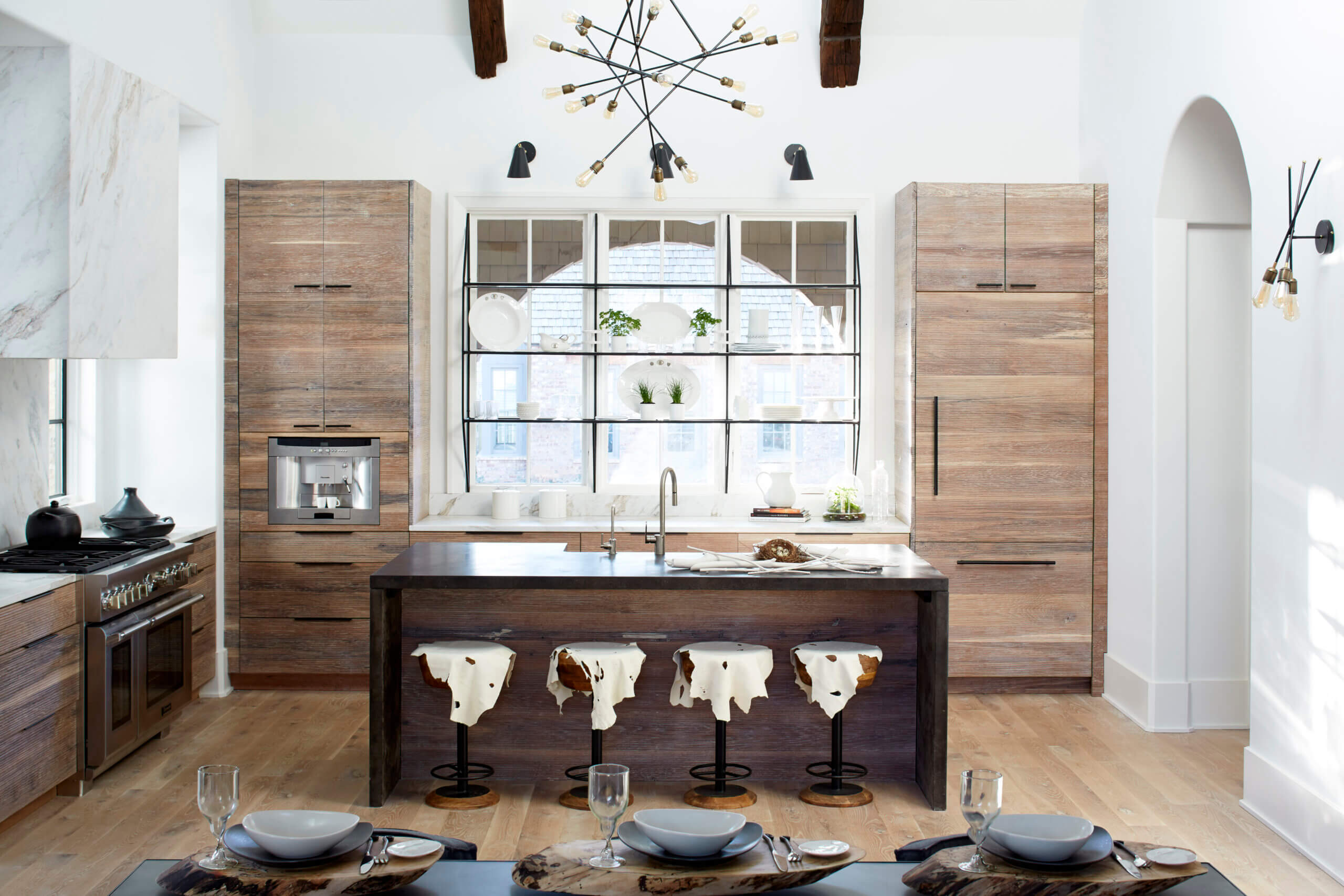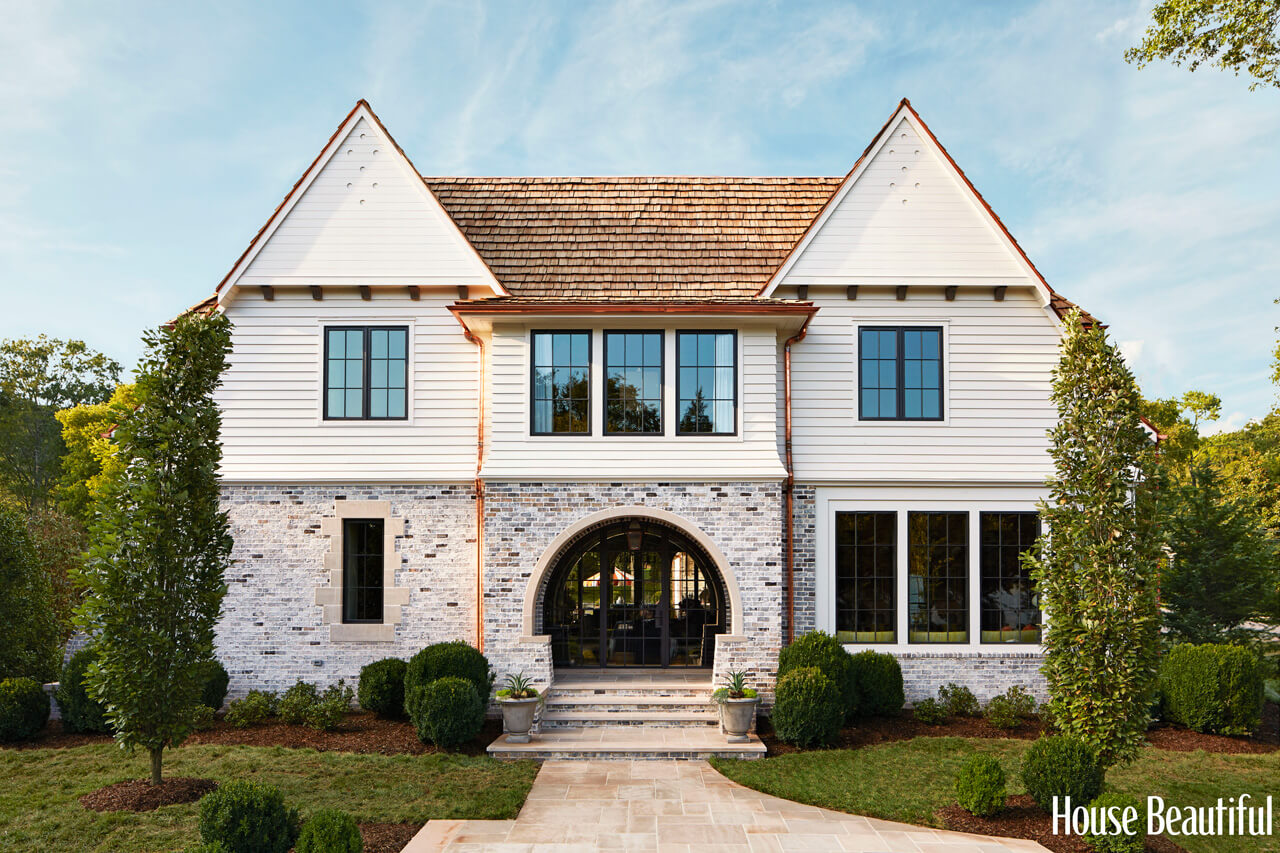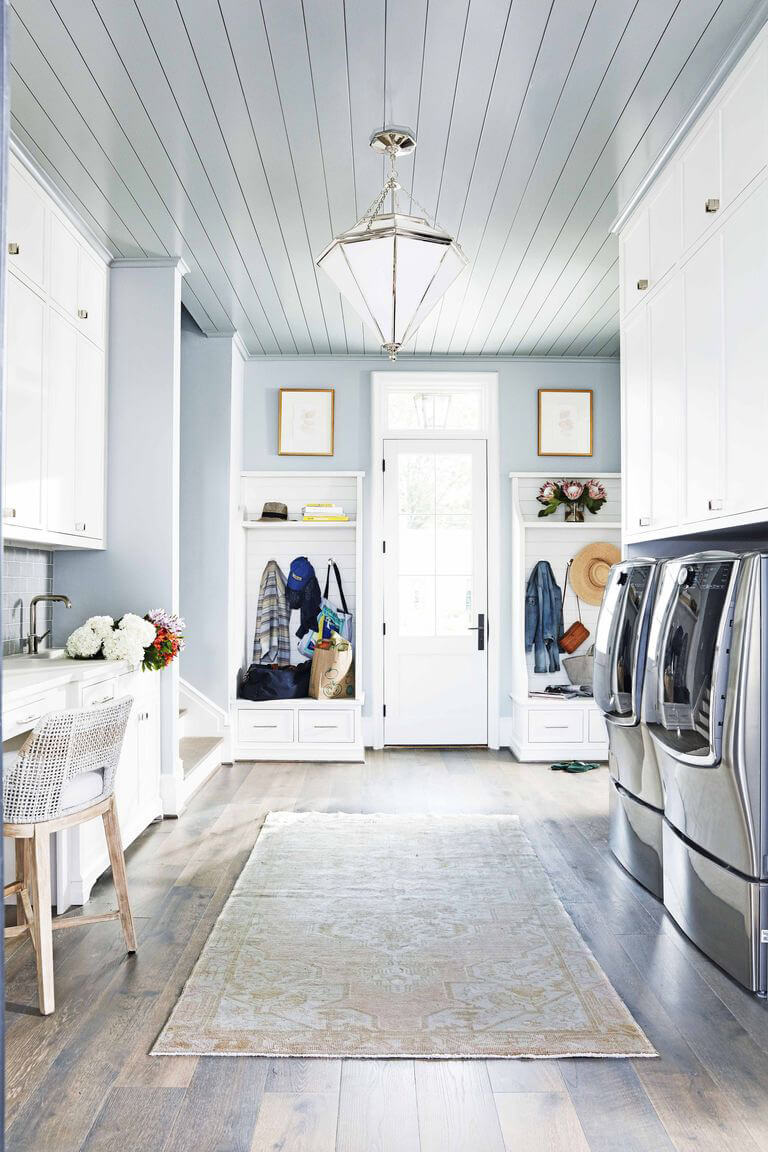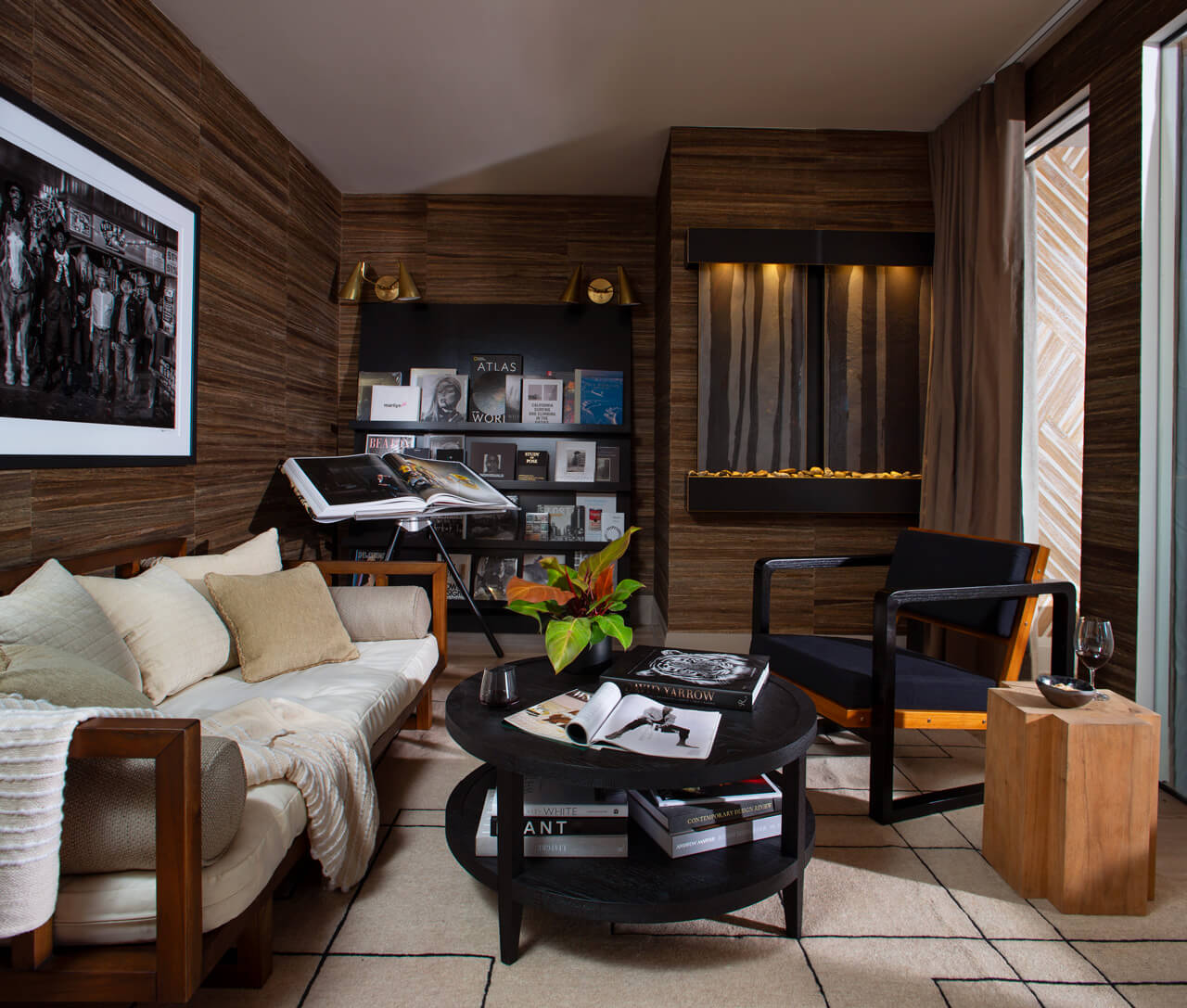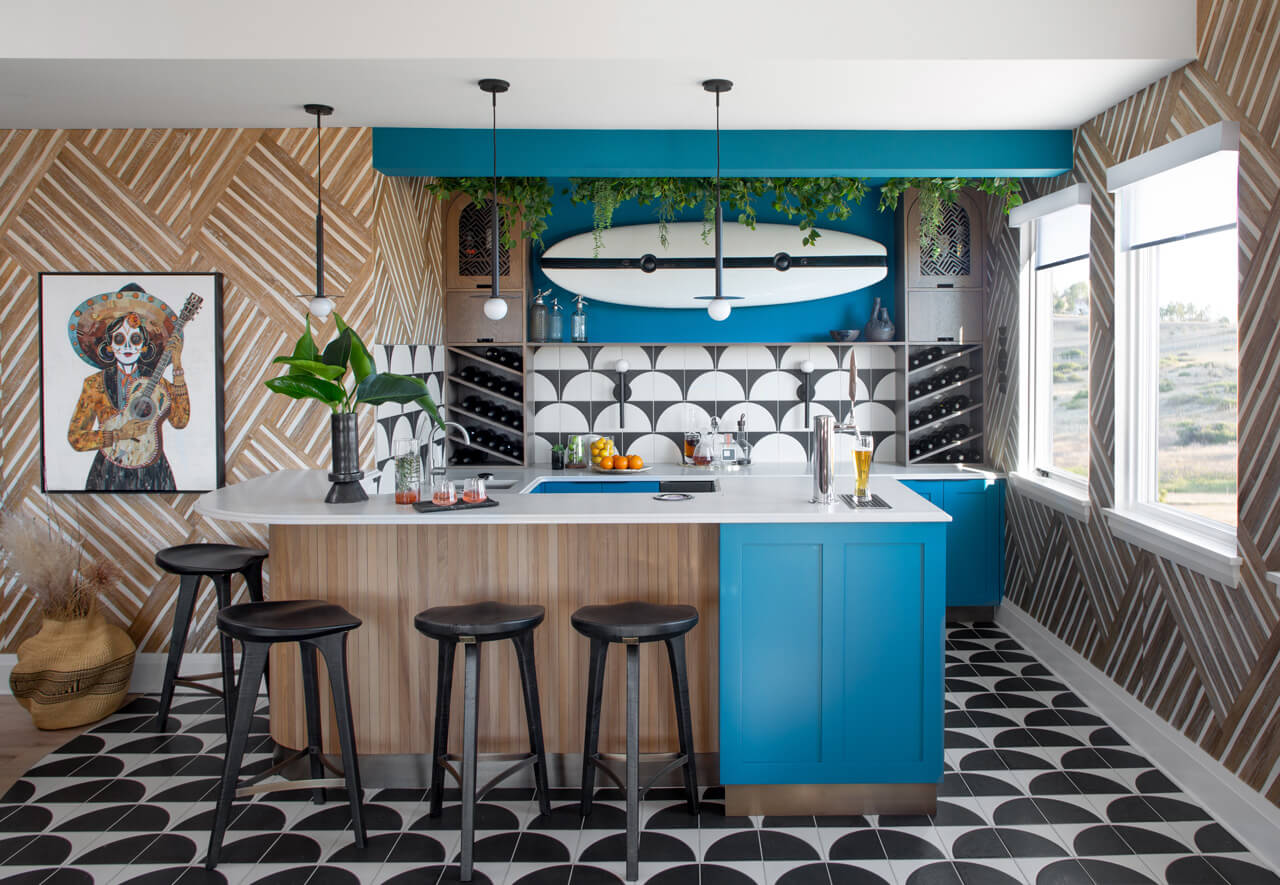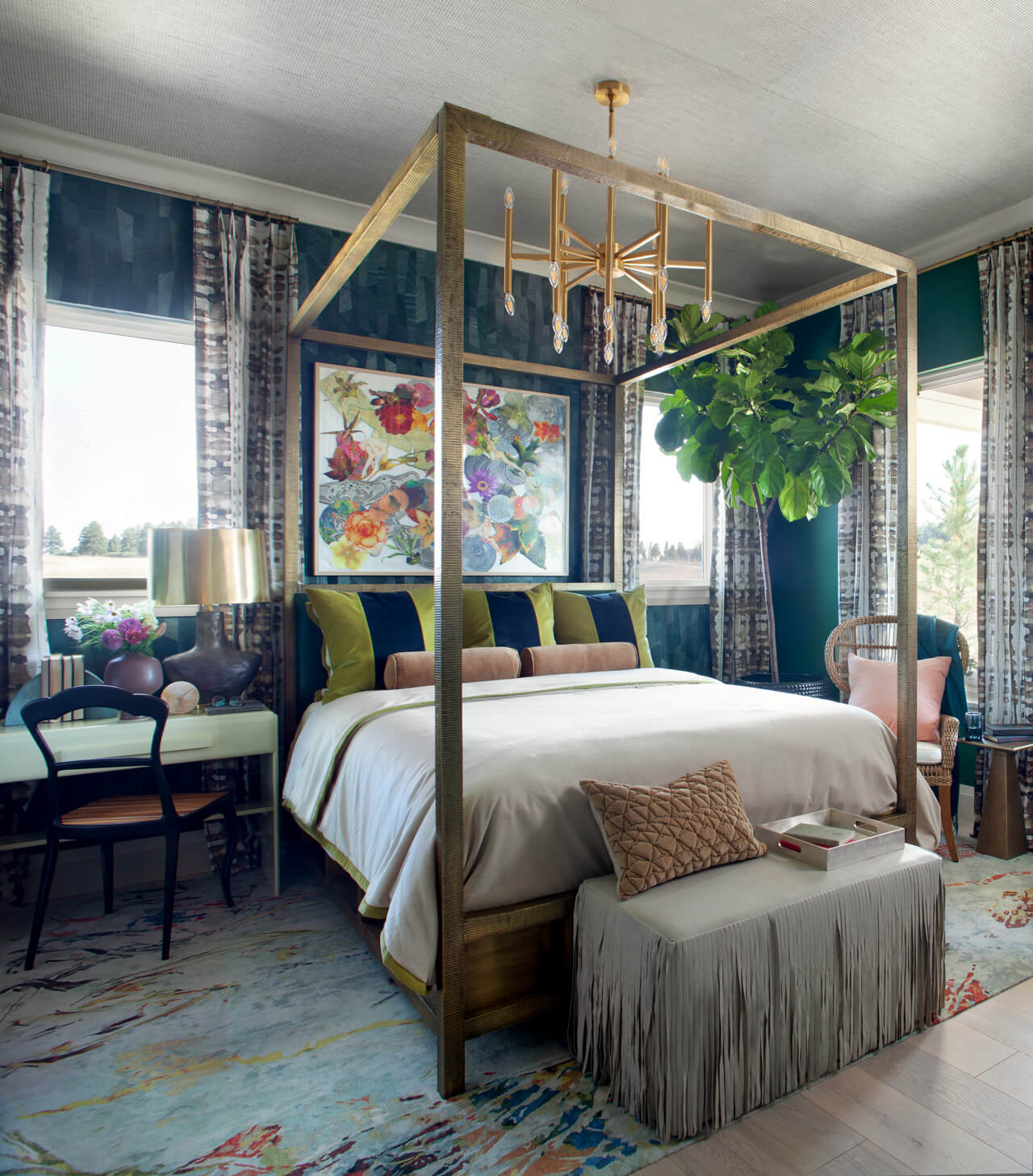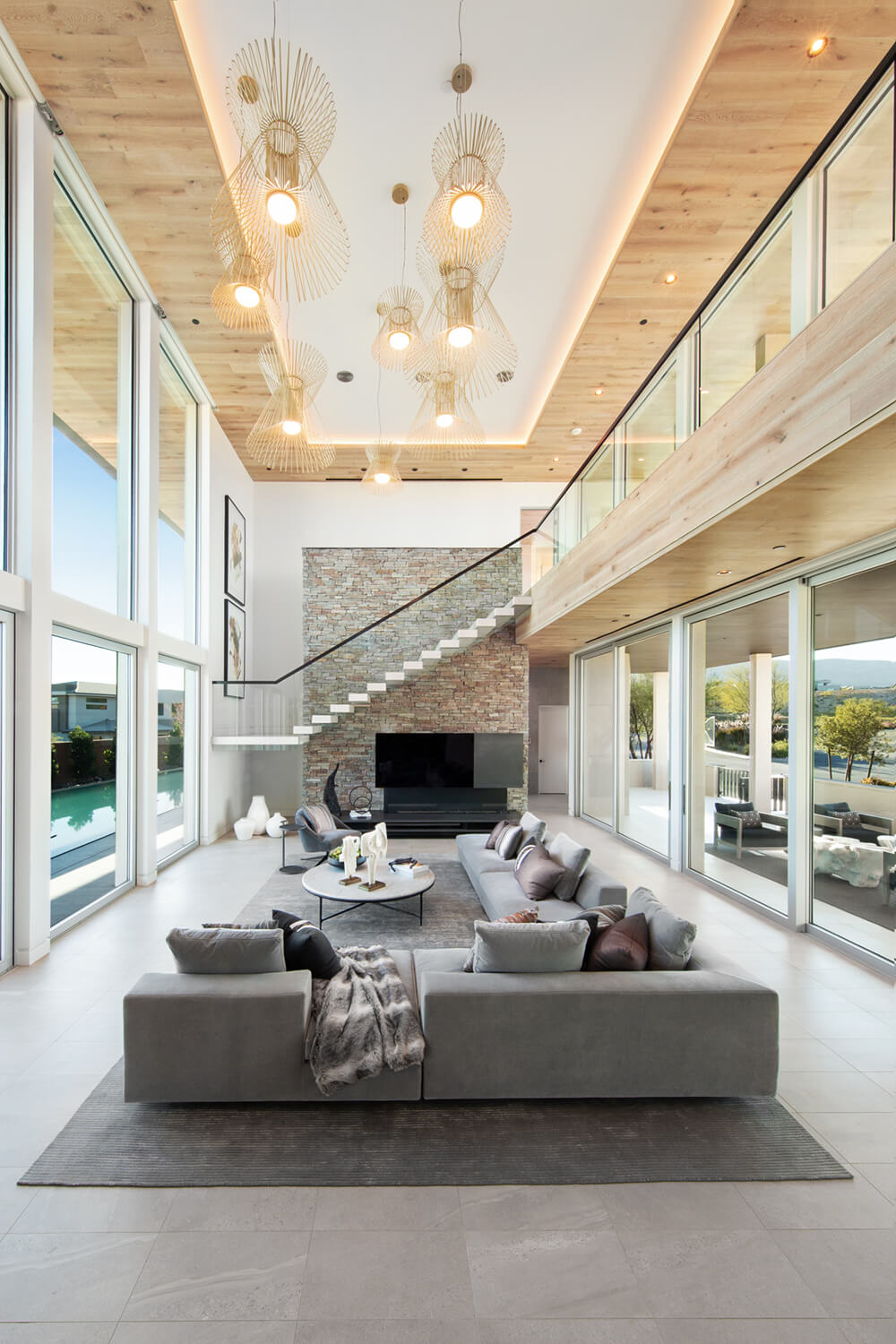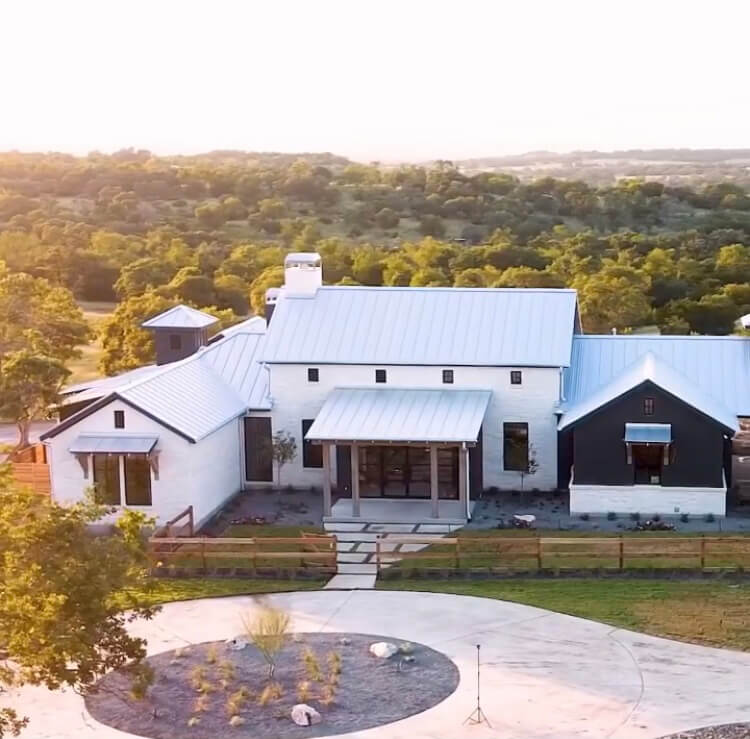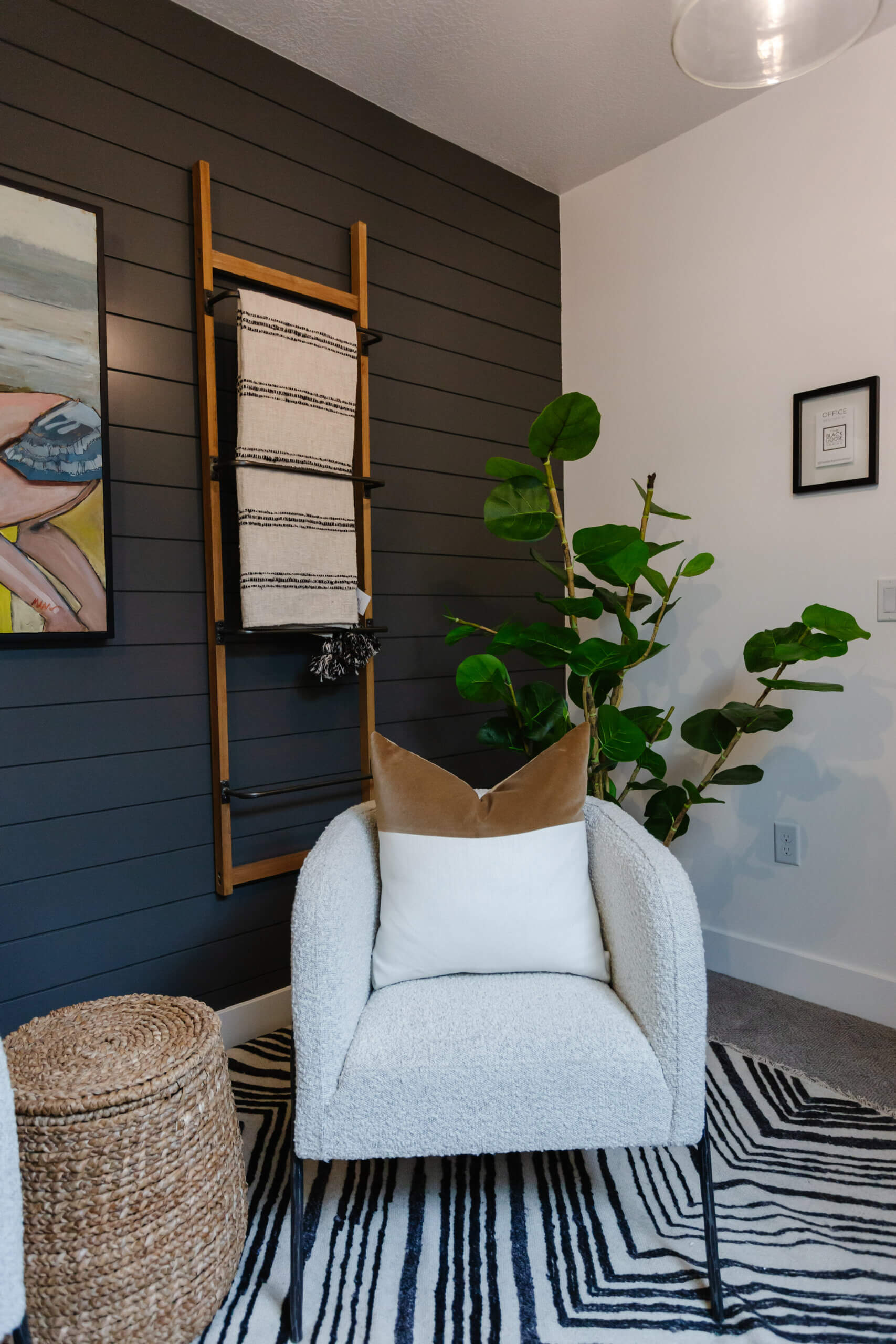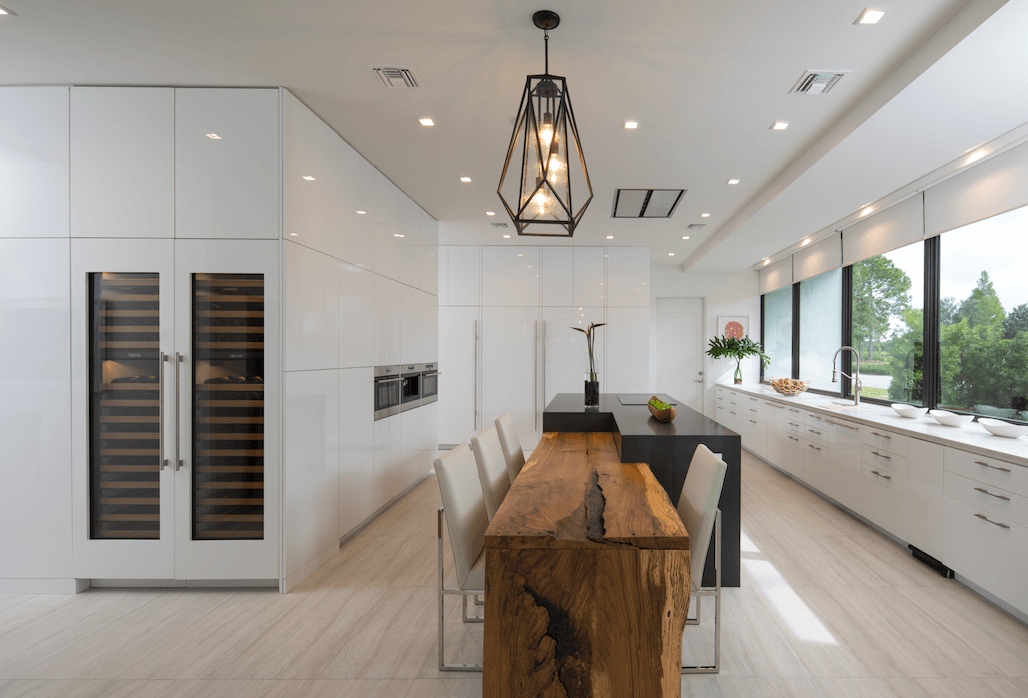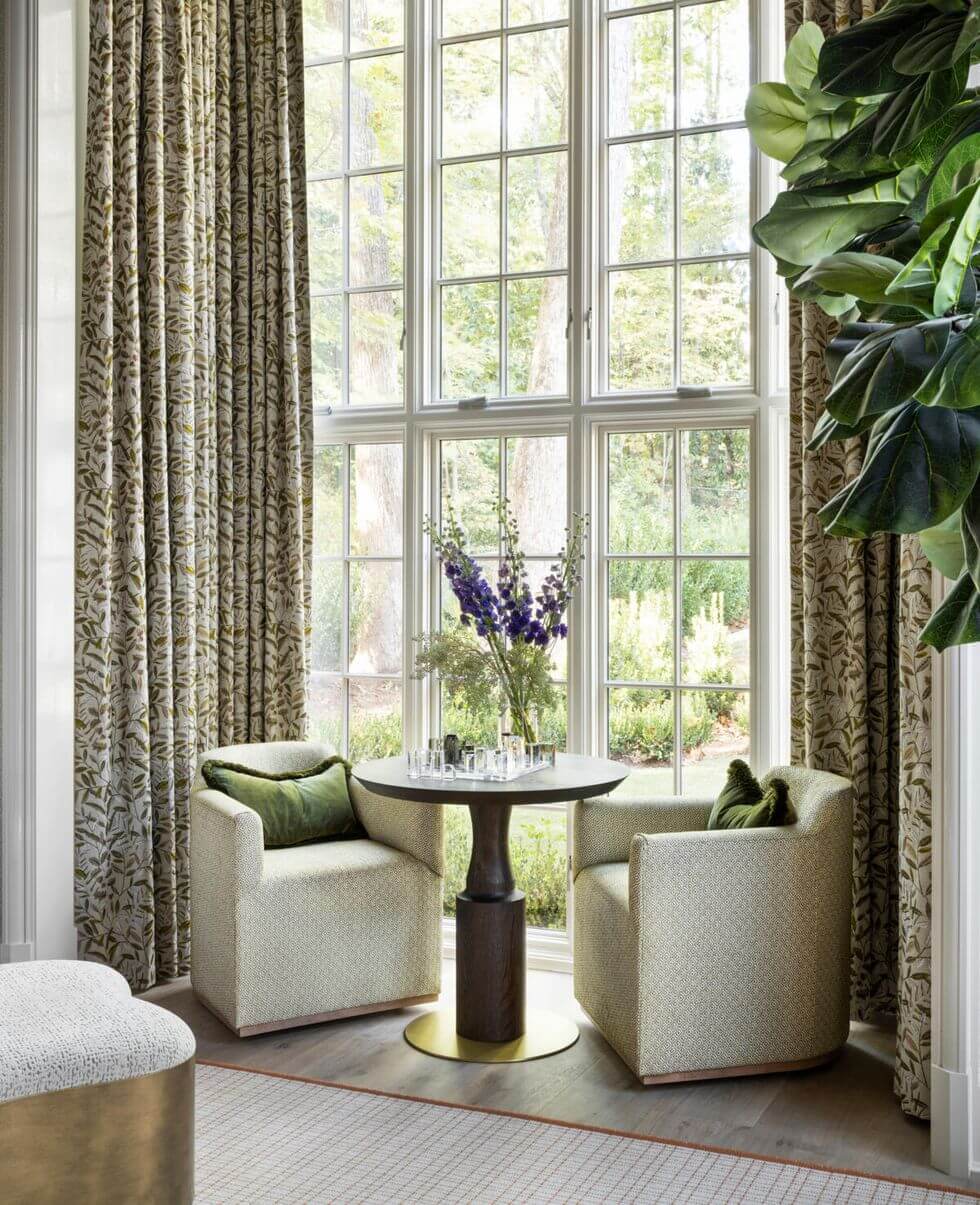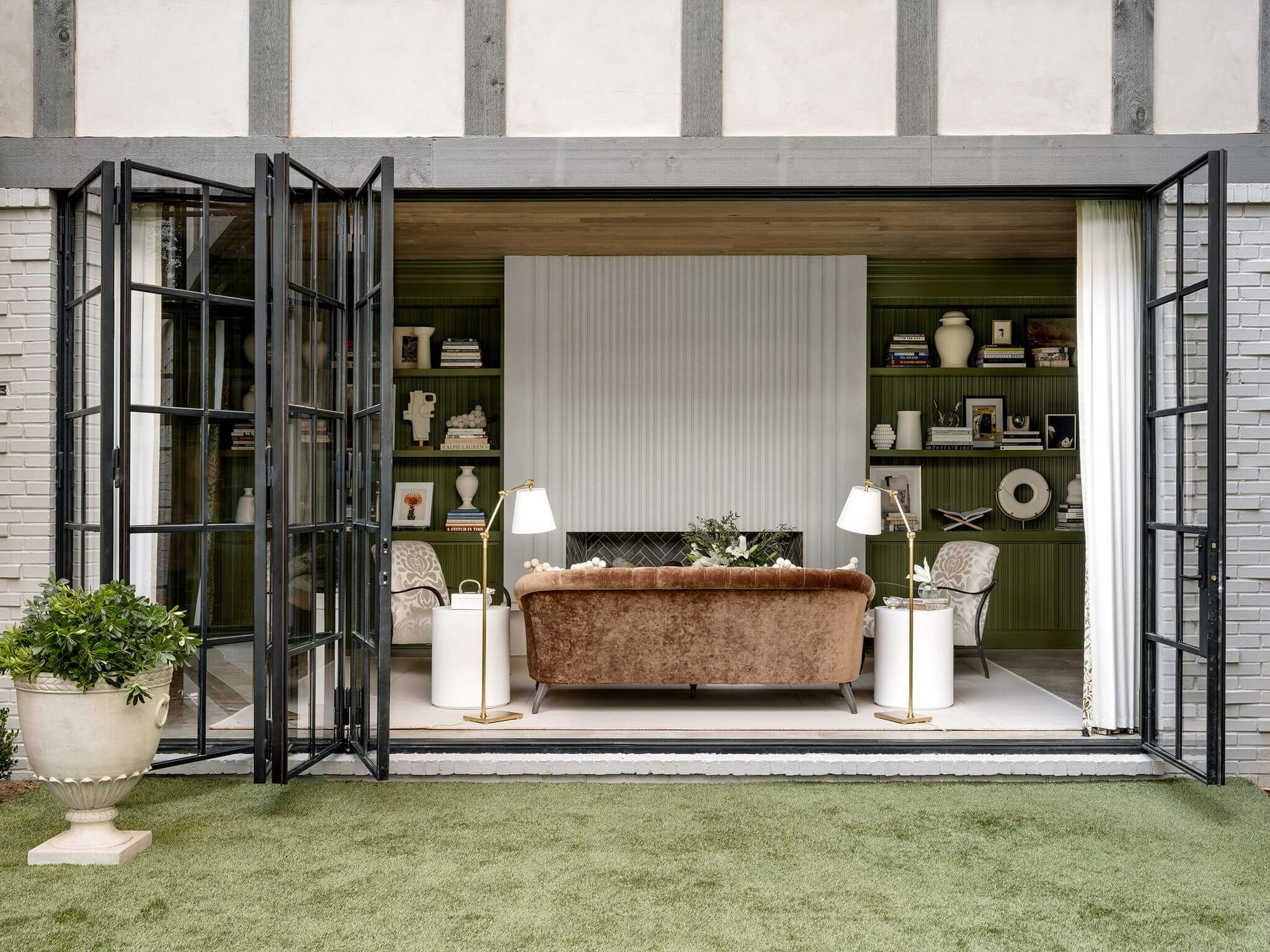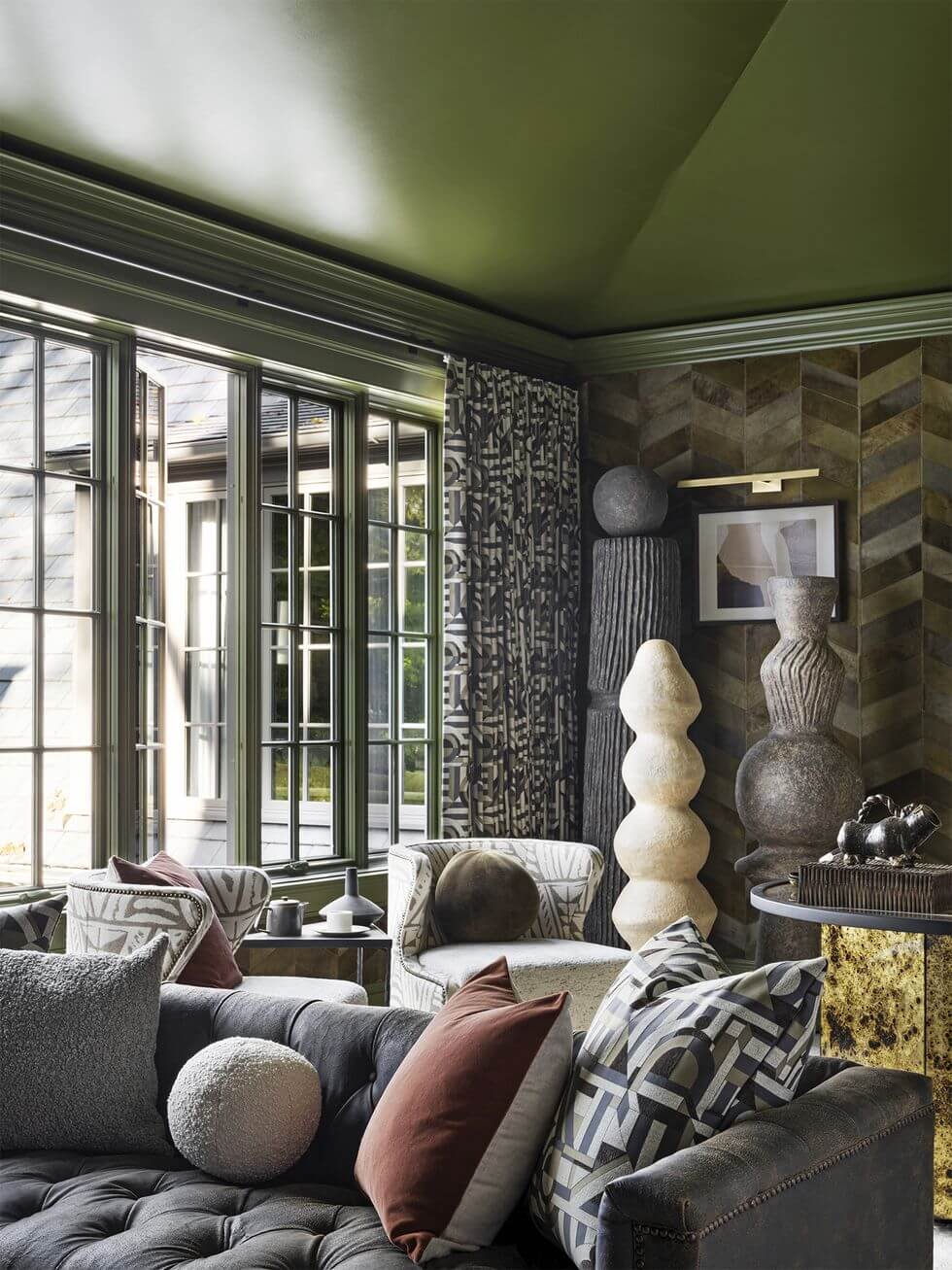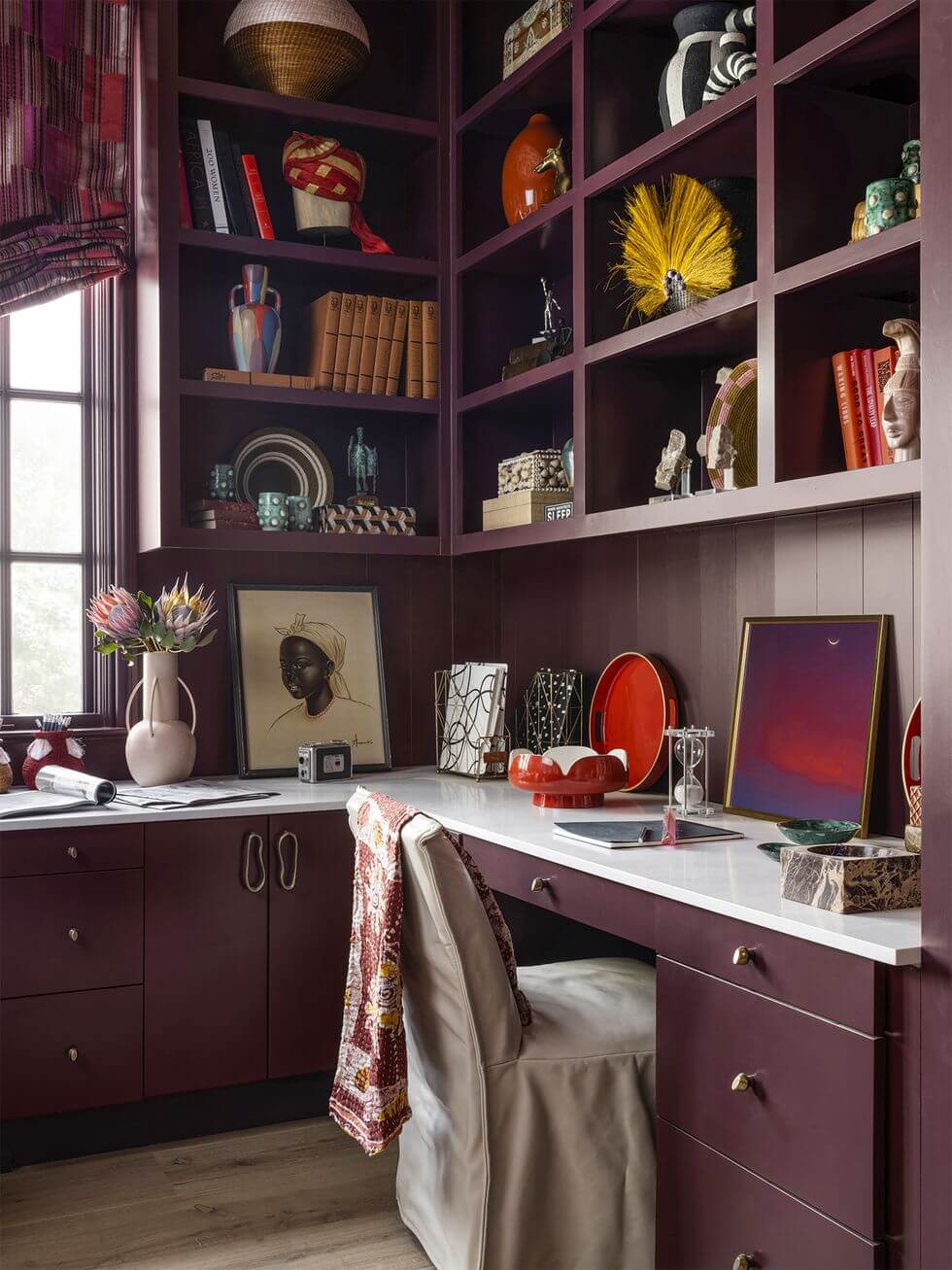Our team recently traveled to Las Vegas to present “Healthy Homes: Designing to Avoid Tight Box Syndrome,” an AIA CEU class, at the 2015 International Builder Show (IBS). While Las Vegas might be the last place that you’d think would care about Wellness Within Your Walls (I don’t know which was worse—the second hand smoke or the toxin filled “air fresheners” piped in to cover the smoke), I’m happy to report we had robust attendance for our 8am (!) presentation and a great time on our stay.
We spent lots of time on the exhibitor floor looking for the latest and greatest in products that blend health and wellness with green initiatives and spreading the word about WWYW. Many companies are doing a great job, many are working hard to get there, and a vast majority do not understand what is in their products at all, and don’t think consumers care. While everyone seems to “get” that energy efficiency is good now, there is still little knowledge about the raw materials that make up many of the products touted as “green,” and how those raw materials might be affecting our health.
Therein lies the great challenge, the one we are positioned to most effectively reach at WWYW as educators. The Las Vegas’s of the world need our help, but so do the manufacturers and builders who think they’re being green. We love talking to the vendor on the convention floor that’s doing everything right and can easily answer our inquiries about safety data sheets and life cycle assessments. But we get an even bigger thrill every time we educate the vendor who doesn’t even know you can have your product tested by third parties to find out exactly what’s in it, or the builder who discovers that just tweaking his construction schedule to allow off gassing will mean a healthier home. Each conversation where we educate a company on the importance of considering the toxicity of its components, and not just its energy efficiency, is an exciting victory!











